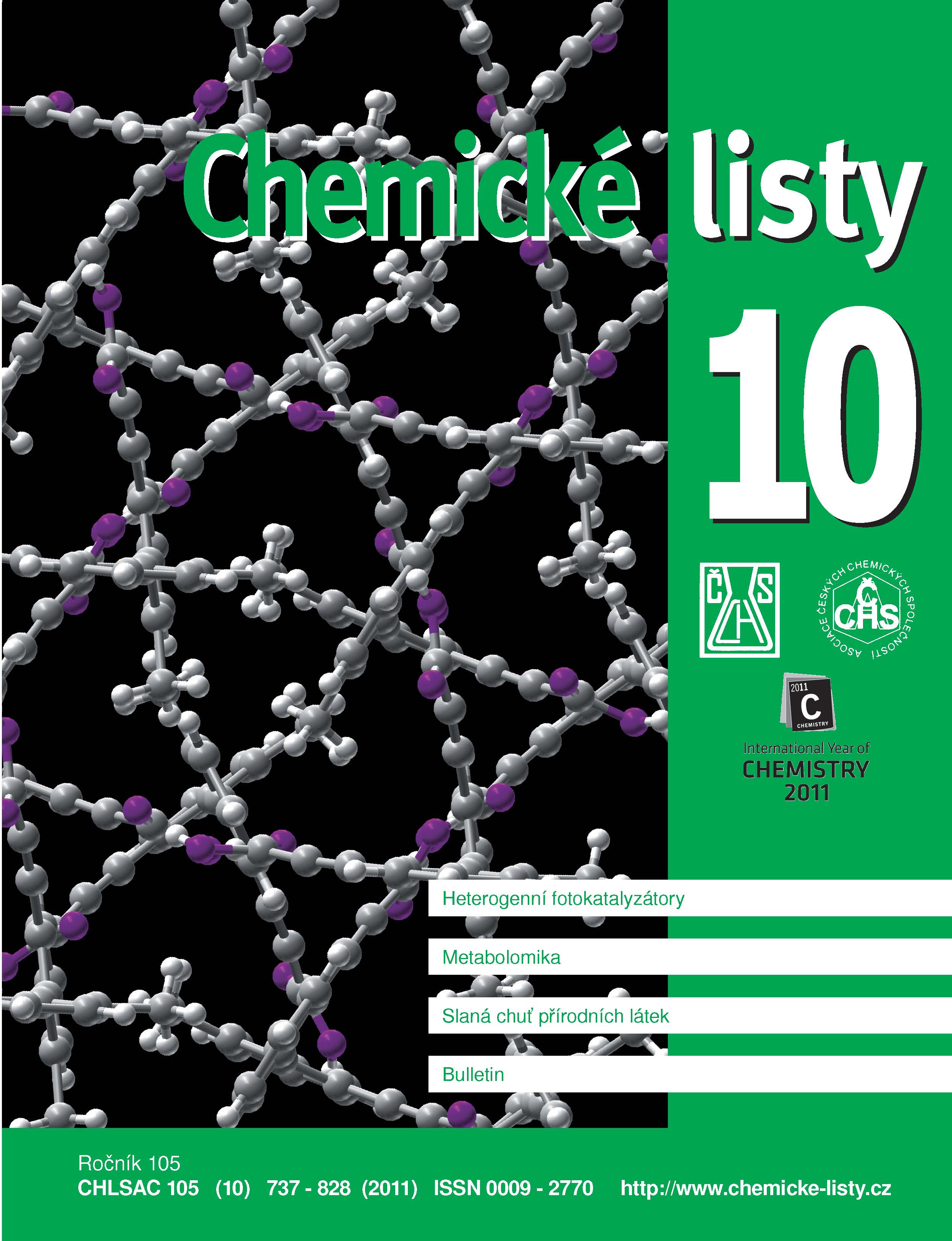Is It Possible to Compare Activities of Heterogeneous Photocatalysts in Aqueous Phase?
Keywords:
azo dyes, heterogeneous photocatalysis, titanium dioxide, photocatalytic oxidationAbstract
A vast number of papers claim that the extraordinary shape or ordered nanostructures of photocatalyst particles account for the observed activity, which is different from the ordinary photocatalyst particles. The very high uniformity and alignment of nanoparticles may even reduce their photocatalytic activity due to increasing numbers of interparticle barriers acting as efficient recombination centers whenever an excited electron passes over. Titania shows a high activity in reducing oxygen under photoirradiation. This is due to its ability to drive oxidation using positive holes and intermediate species produced by them. These intermediates (mainly hydroxyl radicals, superoxide anion radicals, hydroperoxy radicals, hydrogen peroxide, and singlet oxygen), which vary depending on the structural features of an individual photocatalyst, diffuse into the internal structure of the catalyst. However, the short lifetimes of these species make it difficult to determine the extent of their participation in the actual photocatalytic reaction. The authors are confident that general conclusions cannot be made except for a few particular cases when catalysts, are produced with the intention of focusing just on a single structural variable. Kinetic data are always related to a chosen internal standard and cannot be extended to another model reactant.





